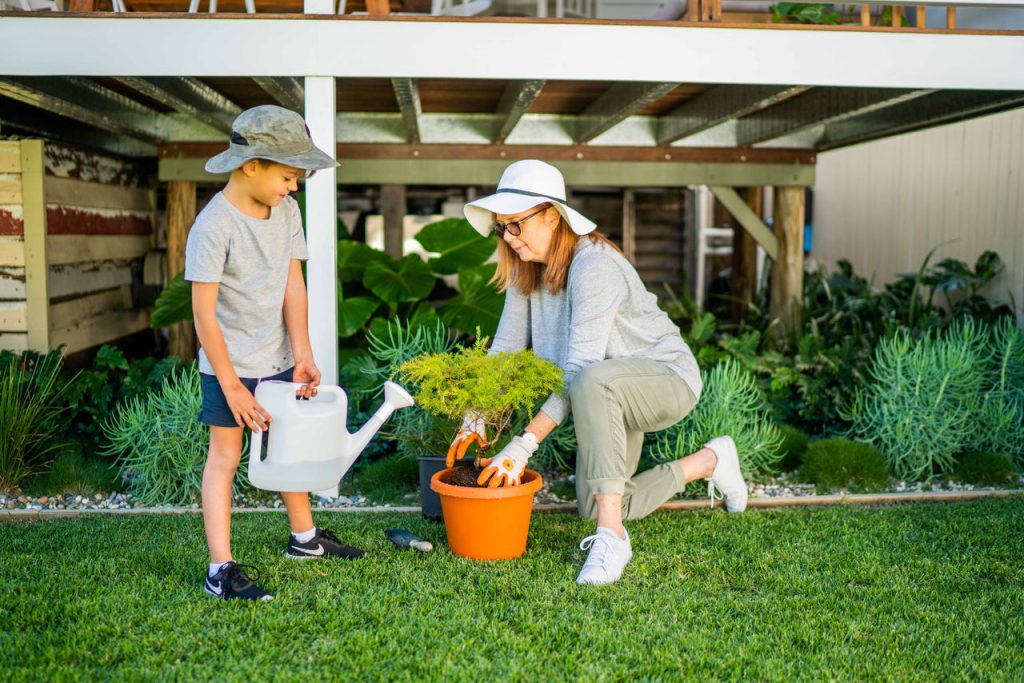Vertical gardening has become an increasingly popular method of gardening in recent years, especially in urban areas where space is limited. This innovative technique allows gardeners to maximize their growing space by utilizing vertical structures such as walls, trellises, and towers to grow a wide variety of plants. Not only does vertical gardening make efficient use of limited space, but it also offers numerous other benefits, including higher yields, better pest control, and improved sustainability.
One of the primary advantages of vertical gardening is its ability to produce higher yields in a smaller space. By growing plants vertically, gardeners can significantly increase the number of plants they can grow in a given area. This is particularly beneficial for urban gardeners who may have limited space for traditional horizontal gardens. Vertical gardening allows them to make the most of their available space by growing plants upward rather than outward. As a result, vertical gardeners can enjoy a bountiful harvest of fruits, vegetables, herbs, and flowers without the need for a large plot of land.
In addition to maximizing space, vertical gardening also offers improved pest control. When plants are grown vertically, they are less likely to come into contact with pests and diseases that may be present in the soil. This can help reduce the risk of infestations and diseases, resulting in healthier plants and higher yields. Vertical gardening also makes it easier to monitor and treat any pest or disease problems that do arise, as plants are more accessible and visible when grown vertically.
Furthermore, vertical gardening is a sustainable gardening practice that can help reduce the environmental impact of traditional gardening methods. By growing plants vertically, gardeners can conserve water, reduce the need for chemical pesticides and fertilizers, and minimize soil erosion. Vertical gardening also promotes biodiversity by creating diverse ecosystems within a small space, which can help support beneficial insects and wildlife. Additionally, vertical gardens can help improve air quality and reduce urban heat islands by providing greenery in densely populated areas.
There are several different types of structures that can be used for vertical gardening, including trellises, towers, wall-mounted planters, and hanging baskets. Trellises are a popular choice for climbing plants such as tomatoes, cucumbers, and beans, as they provide support for the vines to grow upward. Towers, which are often made of stacked pots or containers, can be used to grow a variety of plants in a compact space. Wall-mounted planters are ideal for herbs, flowers, and small vegetables, while hanging baskets are perfect for trailing plants like strawberries and petunias.
When choosing plants for a vertical garden, it is important to consider the specific needs of each plant, including growing conditions, sunlight requirements, and watering needs. Some plants are better suited to vertical gardening than others, so it is important to choose varieties that will thrive in a vertical setting. Climbing plants like peas, beans, and squash are well-suited to vertical gardening, as are vining plants like tomatoes and cucumbers. Herbs such as basil, parsley, and thyme also do well in vertical gardens, as do flowers like petunias, impatiens, and pansies.
In order to ensure successful vertical gardening, proper care and maintenance are essential. Plants grown vertically may require more frequent watering than those grown in traditional horizontal gardens, as water can evaporate more quickly from vertical surfaces. It is important to water plants thoroughly and regularly, taking care not to overwater or underwater them. Fertilizing plants on a regular basis can also help promote healthy growth and high yields. Additionally, it is important to monitor plants for signs of pests or diseases and take action promptly to prevent any problems from spreading.
Overall, vertical gardening is a sustainable and efficient gardening practice that offers numerous benefits to both gardeners and the environment. By maximizing growing space, improving pest control, and promoting sustainability, vertical gardening can help gardeners produce bountiful harvests of fruits, vegetables, herbs, and flowers in even the smallest of spaces. Whether you are an urban gardener looking to make the most of your limited space or a backyard gardener looking to try something new, vertical gardening is a rewarding and environmentally friendly gardening technique that is well worth exploring.

